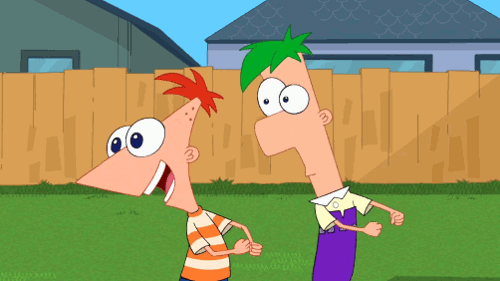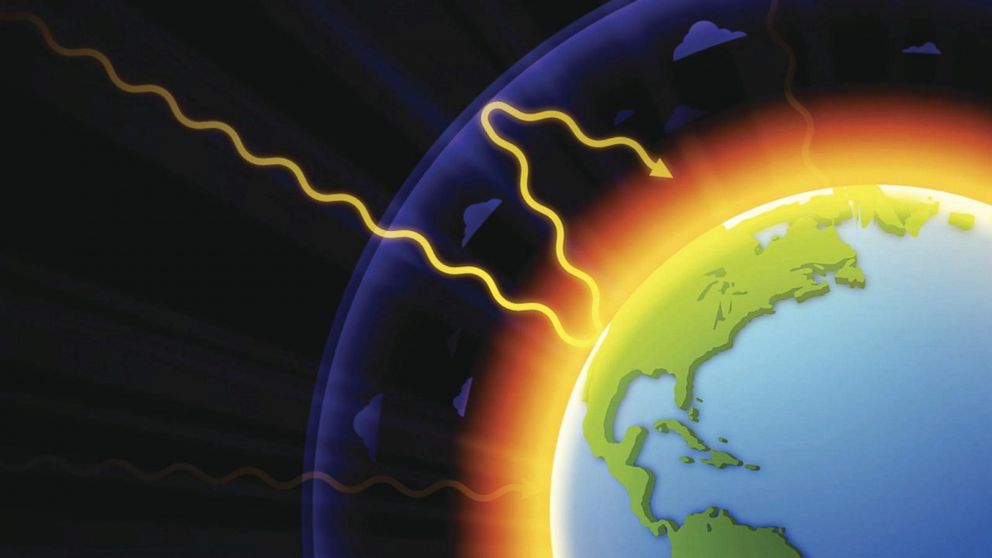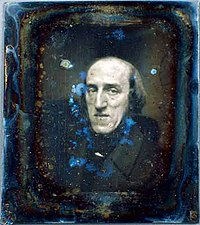Task 2-
Purpose
Education:
Animation opens gateways to education by making it enjoyable
for children as it is proven they will pay more attention to what’s going on if
they enjoy it.
It also offers new and exciting ways to present education and
ideas a create endless possibilities when it comes to teaching. Animation is
also used to show real world demonstrations which make things easier to
comprehend.

Entertainment:
This refers to animation the is used to entertain an audience.
It aims to give an audience pleasure and delight and succeeds by holding the
attention and interest of the audience. Animation succeeds as it is used to
represent things that don’t exist into the real life which adds levels of
fiction to a motion picture.
The most known use of animation for entertainment are the
Disney films like Moana or The Little Mermaid which are traditionally created for children.


Inform:
The goals these animations are to make an audience aware of
modern day developments around the world. The information can be about many things;
examples of topics would be Global Warming or politics.
A famous example of political animations was Jan Svankmajer who’s
animations would give a strong political opinion of the communist reform in the
Czech Republic at the time which would mainly be negative. The prime example of
this is his 1971 film the Jabberwocky.
However these animations are mainly used in advertisements to inform an audience about a product. These would usually produce a message for their product as well as capturing an audiences attention using colorful animations so an audience would pay attention to their product. A fairly recent example of this would be the Vimtoads advert made for the soft drink company Vimto. The Advert was primarily animated by the animation company Aardman Animations who are responsible for creating icons such as Wallace and Gromit and Shaun the Sheep.
However these animations are mainly used in advertisements to inform an audience about a product. These would usually produce a message for their product as well as capturing an audiences attention using colorful animations so an audience would pay attention to their product. A fairly recent example of this would be the Vimtoads advert made for the soft drink company Vimto. The Advert was primarily animated by the animation company Aardman Animations who are responsible for creating icons such as Wallace and Gromit and Shaun the Sheep.













